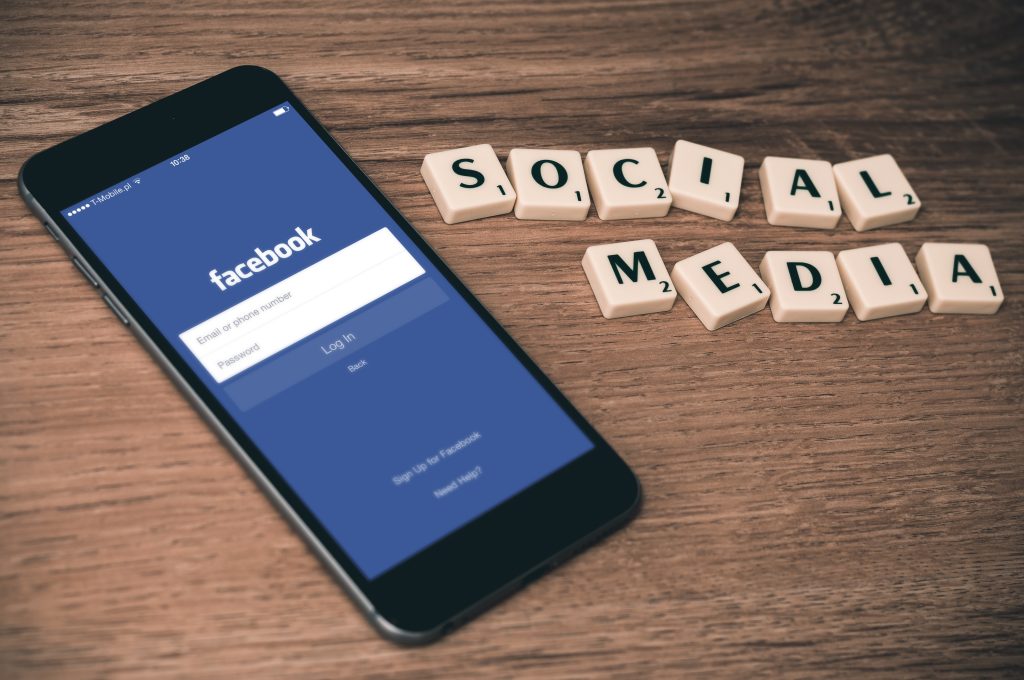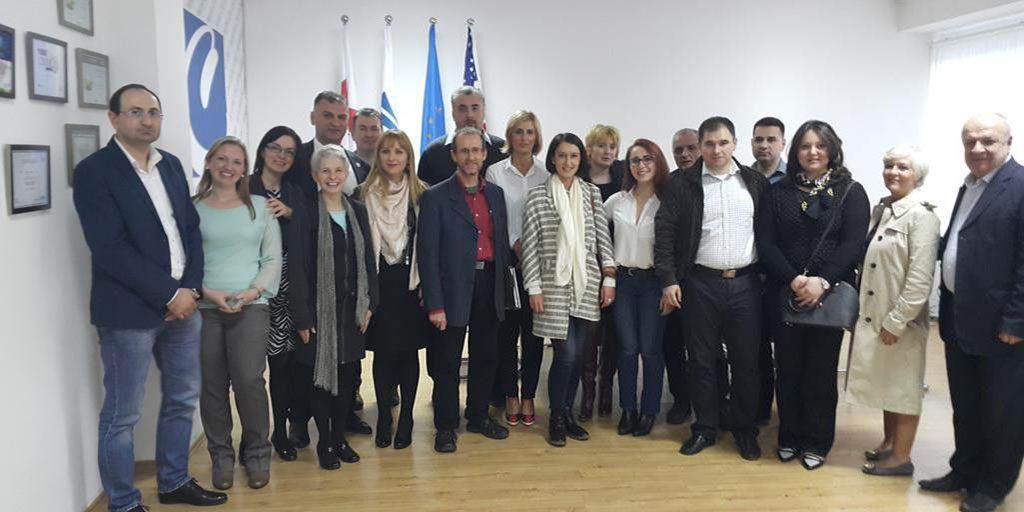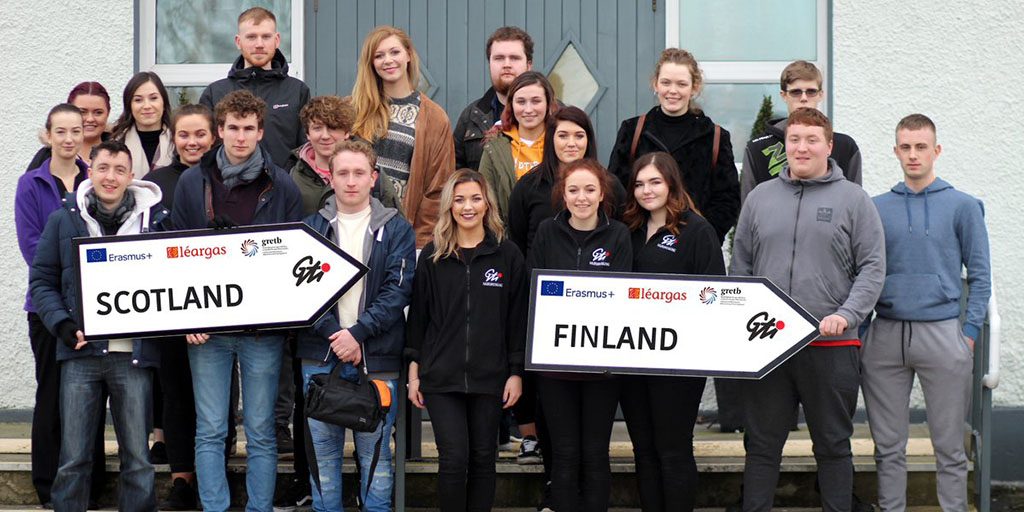Practical Dissemination: Connecting with Your Audience
Dissemination is a key part of any international project, and has particular importance in Erasmus+. In fact, along with impact it counts for 30% of the total score in applications! Yet it can be difficult to know where to start and how to disseminate effectively. Following the previous post on identifying your audience, message and method, Lérgas Communications and Impact Research Officer Charis Hughes looks at how to connect with your audience.
In part one of our guide to practical dissemination, we looked at the importance of identifying these elements:
- Audience: the people who can benefit from your knowledge
- Message: what you want them to know
- Method: how you can reach them.
Making the Connection
The next stage is to connect with your audience so that you can get your message across. But as we saw in the previous post, most projects will have more than one audience. Here are some points to consider when targeting different audiences:
- Be flexible with your style and tone.
Listen to the way your audience communicate, and talk to them in 'their' language. A young person will probably not communicate the same way as a Government official, so the same material will not work for both.
- Give your audience context for your information.
They will not be as familiar with the project or its terms. If possible, ask someone who knows nothing about the project to look at your material. Can they easily grasp what you're saying?
- Focus your efforts on the people you most want to reach.
Some audiences are harder to reach than others. Connecting with peers in your sector may be easier than connecting with policy makers: but if changing policy is the goal of your project, then policy makers are your key audience!
Using Social Media
Many projects use social media to connect. It is cheap, immediate and allows you to track if people are engaging with your message. If you are new to using social media for work, here are some points to bear in mind!
- Social media is designed for conversation, not for announcements. To be effective you will need to monitor it and post regularly, which can be time-consuming. It's better to concentrate on one platform (such as Facebook, Instagram, Snap or Twitter) that you use regularly, than to have rarely-used accounts on every platform possible!
- If you're using Facebook, set up a page (not a personal profile or group) so that everyone can see and share your posts.
- If you're using Twitter, choose a short, unique hashtag for your project so that people can find information about it easily. Do a quick search to check if the hashtag is already in regular use, or has unwelcome associations!
- Use social media to build up networks of organisations with similar interests. It's likely they can benefit from your knowledge and be inspired by your work.
- Encourage everyone involved in the project to join in the conversation, so that multiple points of view are reflected.
- Finally, let us know the great things you're doing! Tag @leargas on Twitter and @leargas.ireland on Facebook so that we can see and share your posts.
Using Images
Strong images are a great way to connect. An image can be taken in at a glance, so will reach more people than text can. The easiest way to get strong images from your project is to take them yourself. You don't need fancy equipment; a phone camera, when used well, can work wonders! Before you click the button, remember:
- Get consent
Let people know you are taking their photo, and what it will be used for. Be aware you may need parental consent if taking photos of people under 18.
- Get close
People respond strongly to faces and expressions - much more than ceilings and floors! - so don't be afraid to get close to the action.
- Get some active shots!
Create a sense of your project by showing people engaged in its activities, rather than always posed for a photo.
- Look for strong light and shoot in high quality.
A photo that looks fine on your display screen can get very grainy when it's enlarged, so set your camera to its highest possible quality level.
Compare the two photos below. What information can you tell about the project from each one?
If you don't have or can't use your own photos, don't just choose some from an image search - you might be violating someone's copyright! Instead, look at websites where you can download free stock photos for public use. These are some of our favourites:
Unsplash
Picography
Creative Commons Search
There are also tools to help you create strong graphics quickly. One of the best is Canva, a free online design programme with a wide choice of templates, icons and typefaces. It's particularly helpful for designing newsletters or announcements.
Crediting Erasmus+
Finally, your finished material - whether a photograph, video, newsletter or website - must credit Erasmus+. This is both to acknowledge the public money that you've received to fund the project, and to inspire other organisations with the possibilities that the programme offers! To credit Erasmus+, use the programme logo and write "Funded (or 'co-funded', depending on your project finance) by the Erasmus+ Programme of the European Union". If you'd also like to credit Léargas, which is helpful for other Irish organisations, please do!
Download the Erasmus+ logo here.
Download the Léargas logo here.
If you are unsure about how to use logos or need them in other formats, please contact us in the Communications team.
We hope you've found these posts useful! We're looking forward to hearing all about your projects.
We welcome contributions to 'Insights' at comms@leargas.ie.




